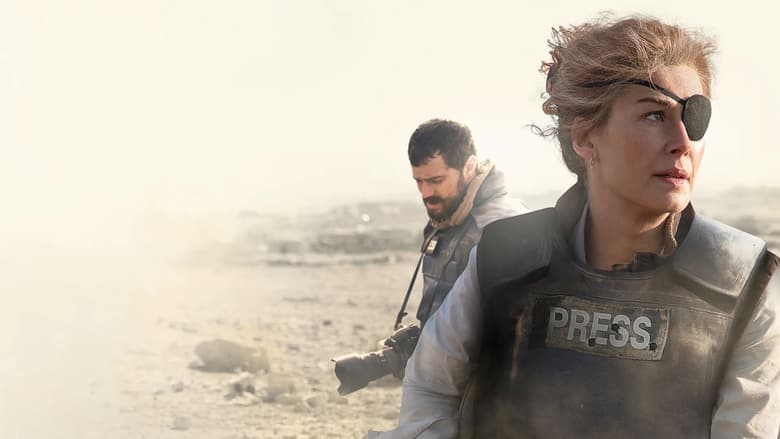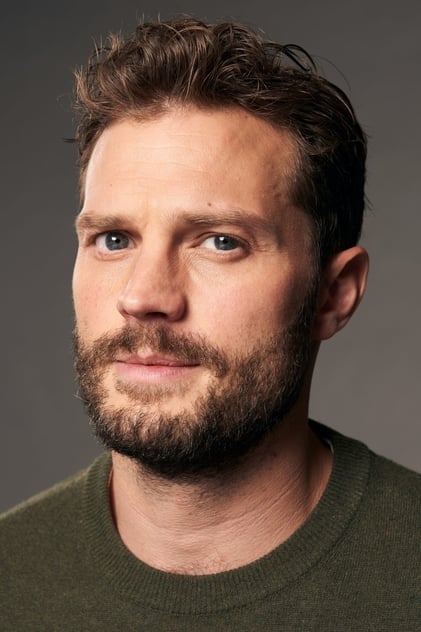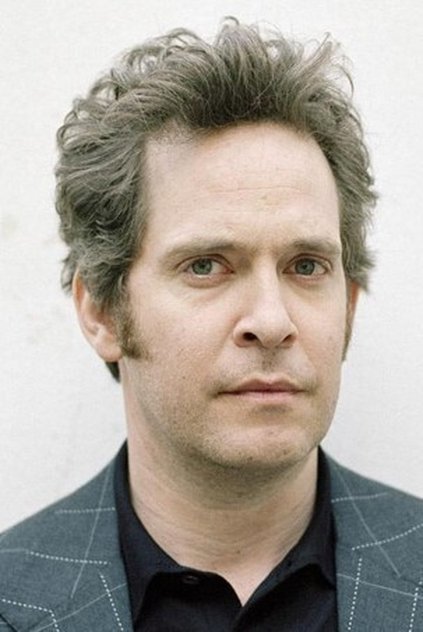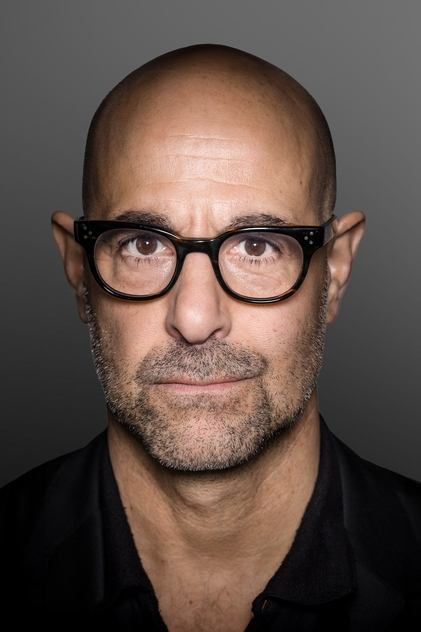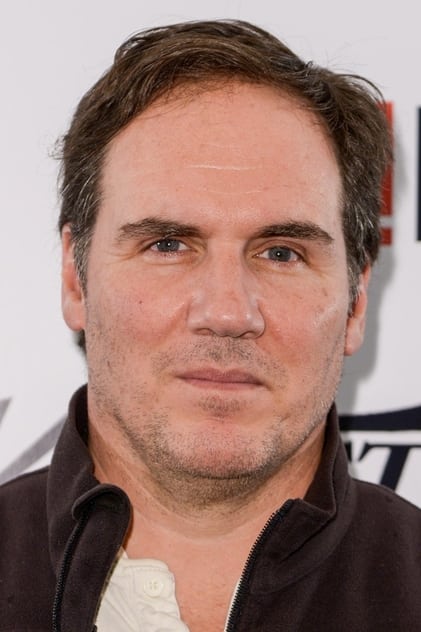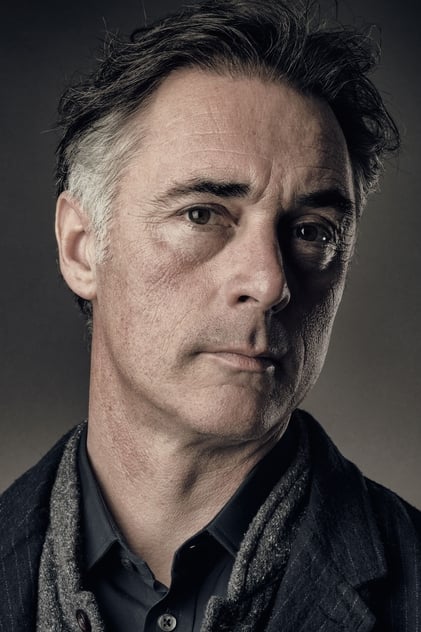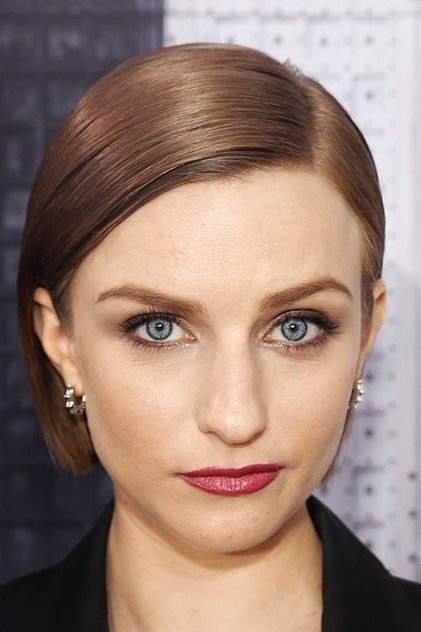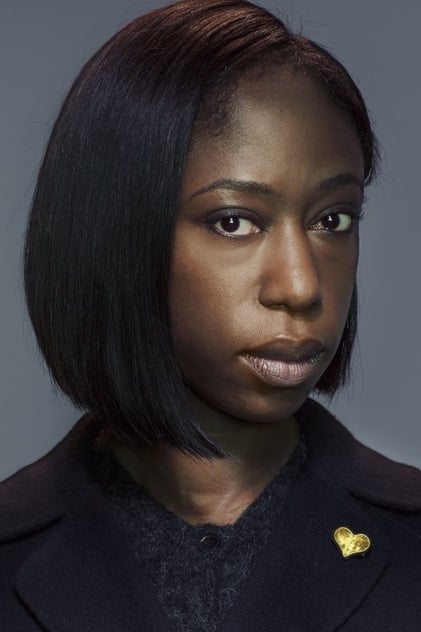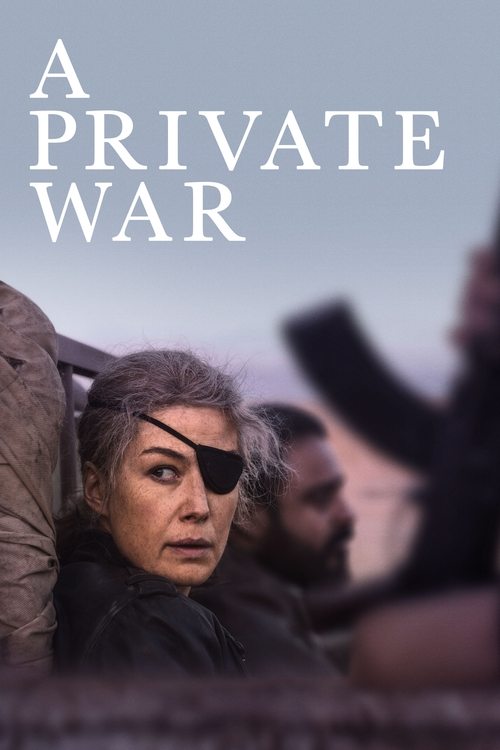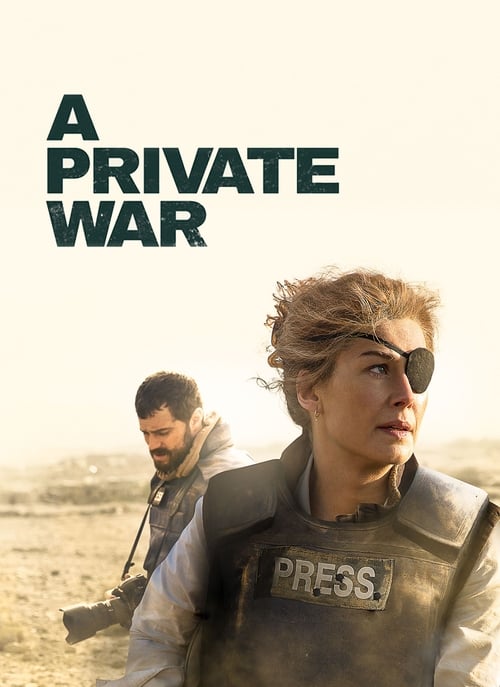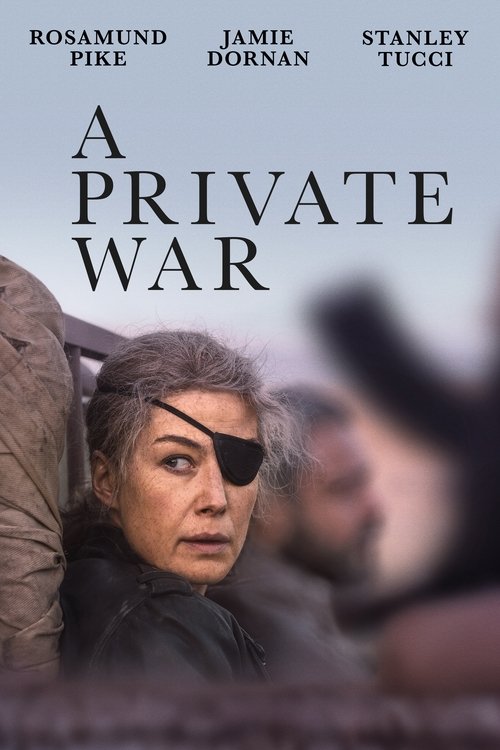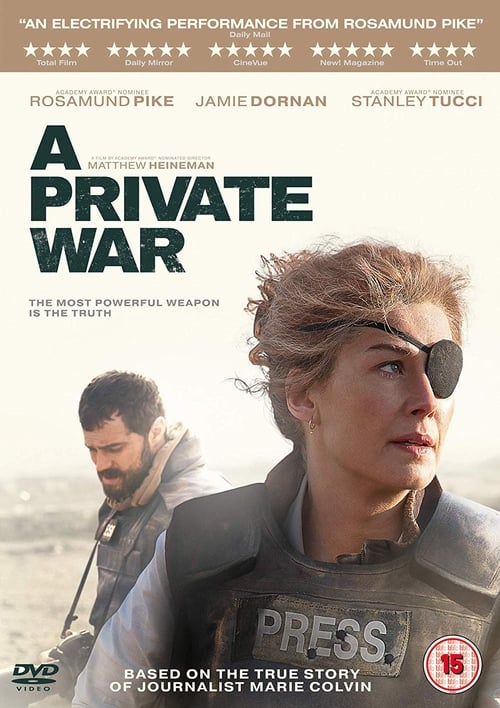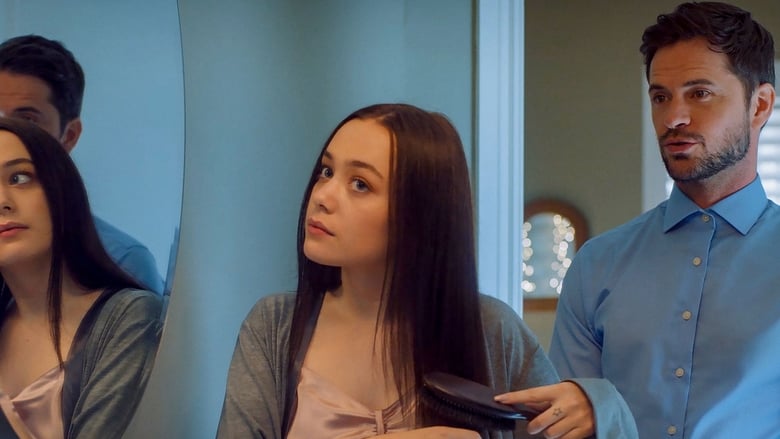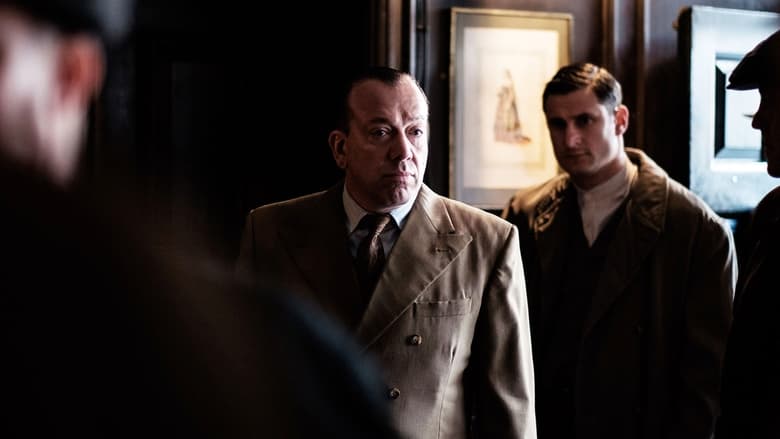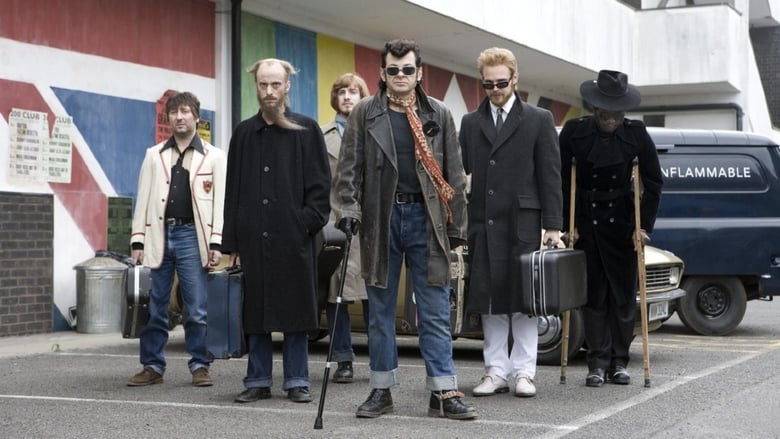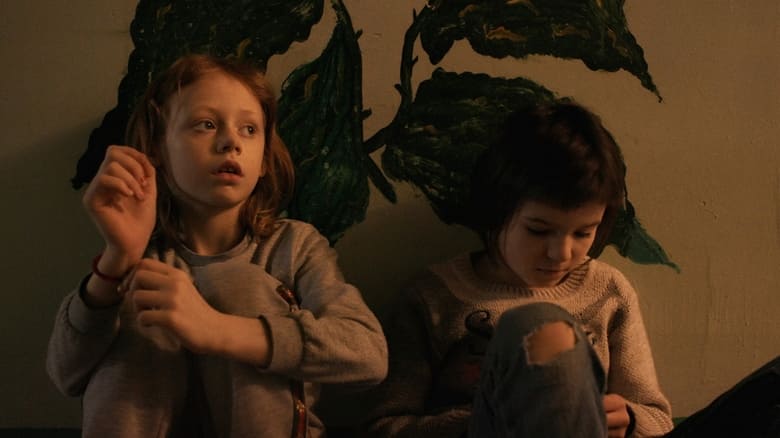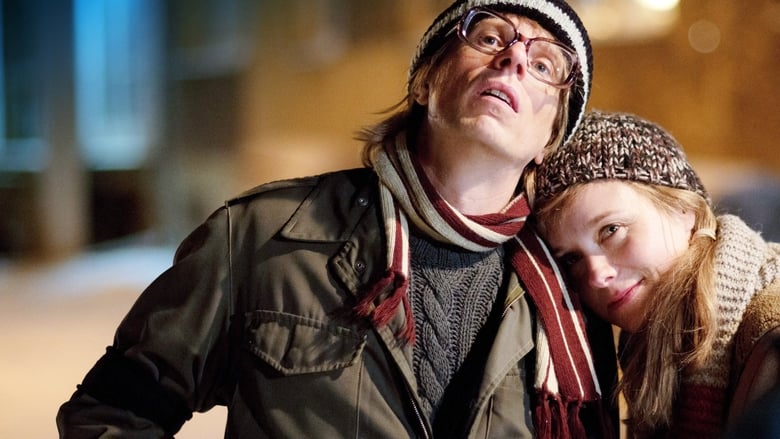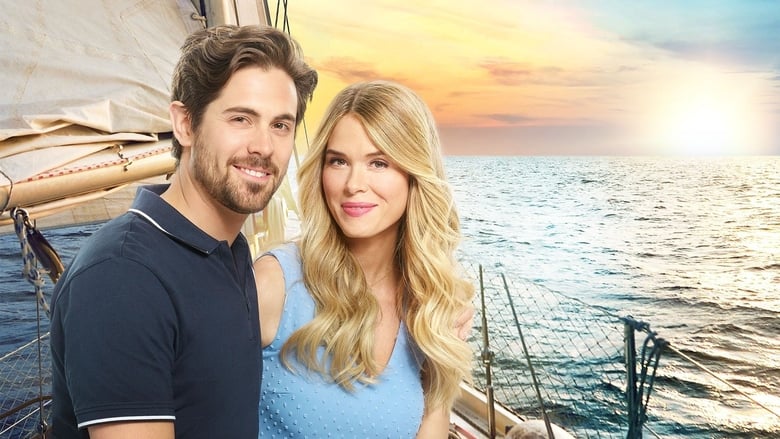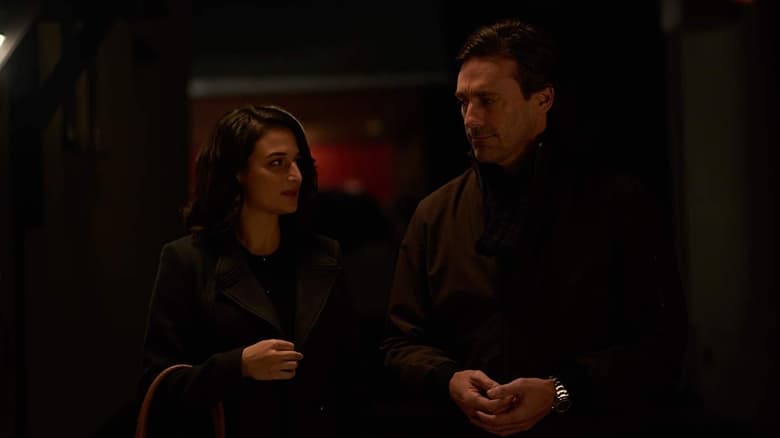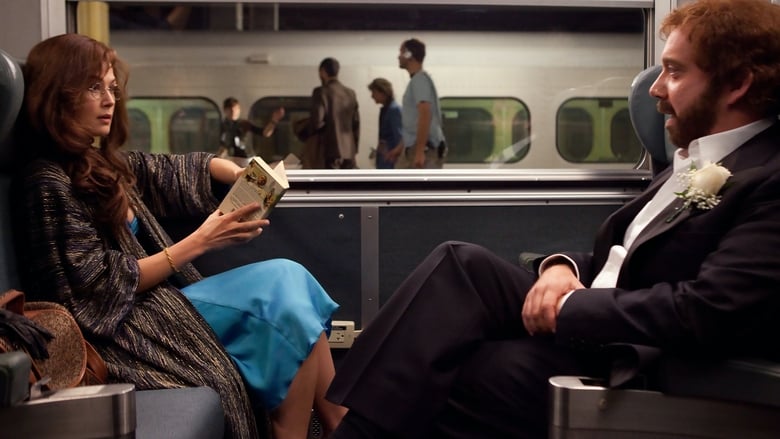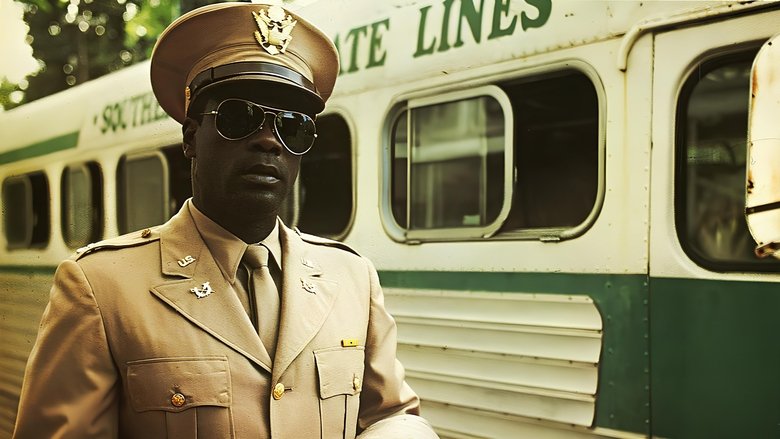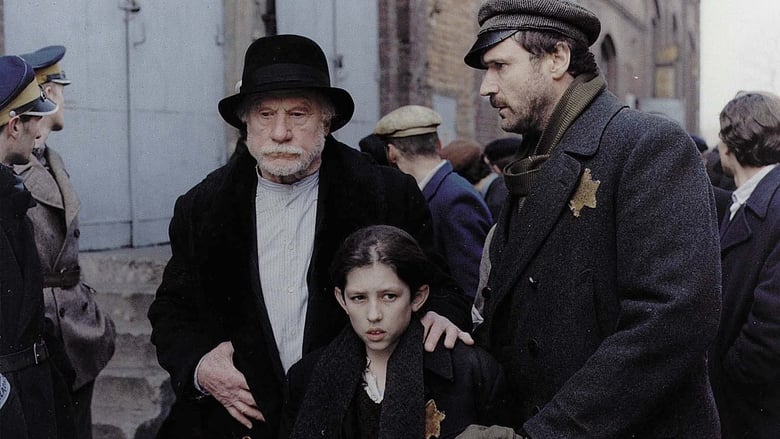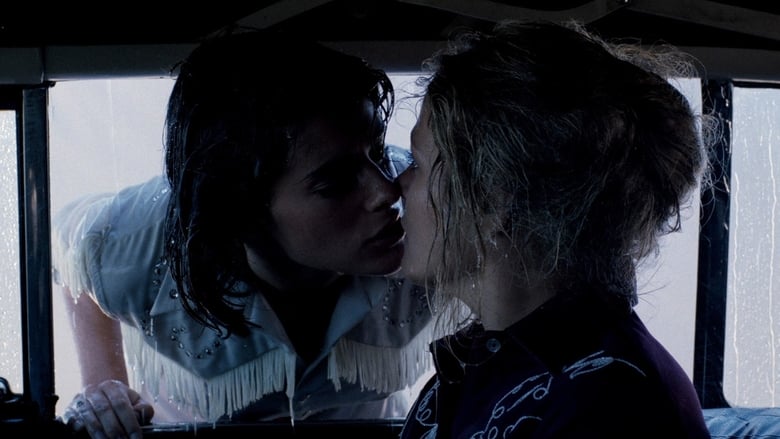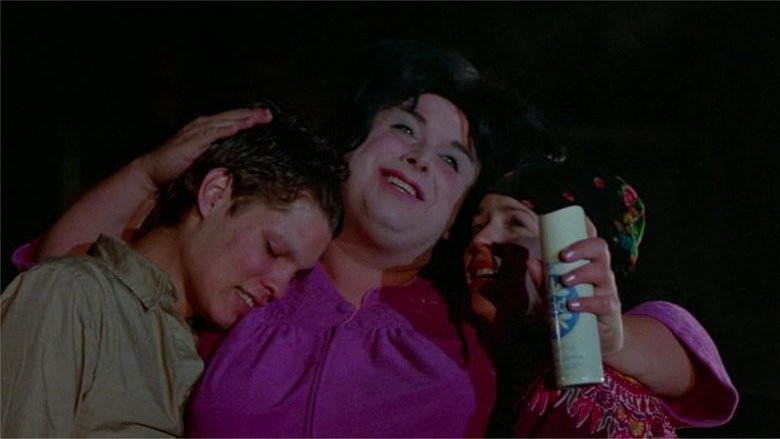Stephen Campbell
Jul 20, 2019
7/10
Anderson Cooper: Why is it important, do you think, to see these images? Why is it important for you to be there? Right now you may be one of the only Western journalists in Homs - our team has just left.
Marie Colvin: Yes, I mean, I had a discussion with your people, Anderson. I feel very strongly that they should be shown. Something like that, I think, is actually stronger for an audience, for someone who is not here, for an audience for which the conflict, any conflict, is very far away. That's the reality. These are 28,000 civilians, men, women and children, hiding, being shelled, defenceless. The little baby was one of two children who died today, one of the children being injured every day. That baby probably will move more people to think, "what is going on, and why is no one stopping this murder in Homs that is happening every day?">Cooper: The regime in Syria claims that they're not hitting civilians, that there is no armed conflict, that there is no war inside Syria, that they are basically just going after terrorist gangs. >Colvin: Every civilian house on this street has been hit. We're talking about a very poor popular neighbourhood. The top floor of the building I'm in has been hit, in fact, totally destroyed. There are no military targets here. There is the Free Syrian Army, heavily outnumbered and out-gunned - they have only Kalashnikovs and rocket-propelled grenades. But they don't have a base. There are more young men being killed, we see a lot of teen-aged young men, but they are going out to just try to get the wounded to some kind of medical treatment. So it's a complete and utter lie that they're only going after terrorists. There are rockets, shells, tank shells, anti-aircraft being fired in parallel lines into the city. The Syrian Army is simply shelling a city of cold, starving civilians.
Cooper: Thank you for using the word "lie." I think a lot of people will want to thank you, because it's a word we don't often hear, it's not often used, but it's the truth in this case. The Syrian regime and their representatives have continually lied, and they have lied on this program to us directly. Marie, you have covered a lot of conflicts over a long time. How does this compare?>Colvin: This is the worst, Anderson, for many reasons. I think the last time we talked was when I was in Misrata. It's partly personal safety, I guess. There's nowhere to run. The Syrian army is holding the perimeter. And there's just far more ordinance being poured into this city and no way of predicting where it's going to land. Plus, there's a lot of snipers on the high buildings surrounding the Baba Amr neighbourhood. You can sort of figure out where a sniper is, but you can't figure out where a shell is going to land. And just the terror of the people, and the helplessness of these families hiding on the first floor. All they can do is hope it doesn't hit them. That's very, very difficult to watch.
- Marie Colvin speaking with Anderson Cooper; Anderson Cooper 360 (February 22, 2012). Colvin was killed in a mortar attack several hours later
I diet fiercely because I don't want to get fat, but I also have seen so many people in the world go hungry, so I like to eat. I want to be a mom, like my sister, but I've had two miscarriages and I have to accept the fact that I might never be that. I fear growing old. But then I also fear dying young. I'm most happy with a vodka martini in my hand, but I can't stand the fact that the chatter in my head won't go quiet until there's a quart of vodka inside me.It's not the most subtle dialogue of all time, but it does do the job of conveying just how turbulent her soul really is, with each assignment chipping away a little more of her psyche. The film runs with the premise that Colvin was fundamentally correct when she argued that the real stories of war, the way to make people care, are not the socio-political causes of the conflict, or even the engagements, but the civilians caught in the crossfire;
it doesn't matter what type of plane just bombed a village. What is important is the human cost of the act. People connect with people.Despite her honourable intentions, however, the film does suggest that Colvin was simply addicted to the adrenaline, doing what she did as much for her own personal needs as her commitment to a greater truth. Her insistence on going to the most dangerous places on Earth is depicted as a kind of vicious circle, with her inability to cope with the horrors she witnesses compelling her to seek out ever more harrowing subject matter. As she tells Conroy,
I hate being in a war zone. But I also feel compelled, compelled to see it for myself.This aspect of her character reminded me a little of that famous line in Francis Ford Coppola's Apocalypse Now (1979), when Willard (Martin Sheen) states, "when I was here, I wanted to be there; when I was there, all I could think of was getting back into the jungle." In this sense, the film illustrates how her rational professional judgement is in perpetual conflict with her addictive urges, with her compulsion to put herself at risk usually overwhelming her ability to logically judge a situation before plunging into it. The film also spends time on Colvin's private life, attempting to humanise her and round out the character, showing her tempestuous relationship with Irens, her frequent clashes with Ryan, her descent into alcoholism, her refusal to accept help from her best friend Rita Williams (Nikki Amuka-Bird), her mentoring of young journalist Kate Richardson (Faye Marsay), her tender final relationship with Shaw. An especially telling scene in this regard concerns her eye injury. After asserting that she is unconcerned about losing her eye, we see her alone, looking at the injury in a mirror, with Pike conveying her sense of loss brilliantly. In another scene, she stands in front of a full-length mirror, completely naked, looking at herself with a curious sense of wonder. We think she's alone, but we then see that Shaw is with her, as the two share a bath. These moments reveal as much about her as the more expositionary dialogue-heavy scenes do, and Pike's performance in these wordless scenes is really quite extraordinary, doing a great deal with very little. Elsewhere, however, the performance is a little uneven. Pike certainly captures Colvin's mannerisms, to a degree of authenticity comparable to Charlize Theron's depiction of Aileen Wuornos in Patty Jenkins's Monster (2003). However, there are several scenes that don't ring emotionally true at all, with the performance coming across like a performance rather than something truly lived. In particular, a scene in which Colvin berates Ryan for his lack of trust in her has the feel of someone acting (and overacting at that), with little sense of psychological verisimilitude. Indeed, even though most of the other characters are one-note (including Conroy) or no-note (Shaw, in particular, is poorly written), they often feel more natural than Colvin, more realistic, with the actor portraying them not quite as visible. Pike is certainly intense, and her impression of Colvin is uncanny, but it takes more than an accurate impression to anchor a real-life character, and oftentimes, Pike's performance is more showboating than soulful. From an aesthetic point of view, it's a good looking film. It's worth pointing out that this is Heineman's narrative feature film debut, with his previous work confined to documentaries such as Escape Fire: The Fight to Rescue American Health Care (2012), Cartel Land (2015), and City of Ghosts (2017). Especially important in relation to A Private War are Cartel Land, in which he was embedded with a vigilante group facing off against Mexican drug cartels, and City of Ghosts, in which he profiled the Raqqa is Being Slaughtered Silently (RBSS) citizen journalist group, who report on human rights abuses in Raqqa by the Islamic State of Iraq and the Levant (ISIL). These two films show his familiarity with danger, journalistic risk, and with Syria itself. What's interesting, however, is that whereas these films saw him bring cinematic sensibilities to documentary filmmaking, in A Private War, he does the exact opposite, bringing documentary techniques to a narrative film, especially in relation to the battle scenes, which have a gritty intensity that rings true. Along the same lines, the interview with Gaddafi reminded me of the meticulous pseudo-documentarian opening scenes of Michael Mann's journalistic masterpiece, The Insider (1999), where Mike Wallace (Christopher Plummer) conducts a similar interview with Sheikh Mohammad Hussein Fadlallah (Cliff Curtis) in Lebanon. Although the film adopts a realistic perspective for the most part, there are some terrific visuals. The opening shot, for example, is an aerial view of Homs, showing the devastation and the shattered buildings, as far as the eye can see, with not a sign of life anywhere. It's an immensely strong image with which to open the film, conveying so much without dialogue, in a similar manner to the extraordinary opening shot of José Padilha's masterful Ônibus 174 (2002). The opening sequence is also aurally impressive, with the sounds of artillery bombardment preceding any visuals or dialogue. Legendary cinematographer Robert Richardson (Natural Born Killers; Hugo; The Hateful 8) shoots the battle scenes in a cinéma vérité style, employing handheld cameras, loss of focus, shallow depth of field, and asymmetrical framing. These elements all work together to create a strong sense of immediacy and authenticity. Additionally, Heineman allows the rubble, bodies, injured children, and wailing women bleed from one war zone into those elsewhere, to such an extent that each conflict is interchangeable with all of the others. This isn't a criticism, however, it's a visual representation of one of the film's themes; every war is the same as every other war, especially in terms of the civilians wounded and killed during the fighting. In terms of representing Colvin's state of mind, Heineman employs disorientating scene transitions, flashbacks, dreams, and sudden temporal jumps, often transitioning from one period to the next via Colvin's own besieged mind. The work of editor Nick Fenton (Submarine; The Selfish Giant; Double) is also exemplary, increasing the pace of the editing depending on Colvin's mental state. Although A Private War does suffer from the occasional clunky bit of dialogue and a slightly uneven central performance, it's a strong film. Telling a different story than Under the Wire, it doesn't shy away from the darker and less savoury aspects of Colvin's life, presenting her in a non-hagiographic manner, as someone fundamentally damaged by what she does. Unafraid of examining her careerism and setting it beside a more humanitarian and philanthropic interpretation of her work, Heineman and Amel also address the price that all war correspondents must risk paying, irrespective of why they are there in the first place. The film is deeply respectful of both the craft and the courage of such people, not the least of whom was Colvin herself. At one point in the film, she claims, "I see it so you don't have to". Heineman, however, suggests that she saw it so that the rest of could see it too.
